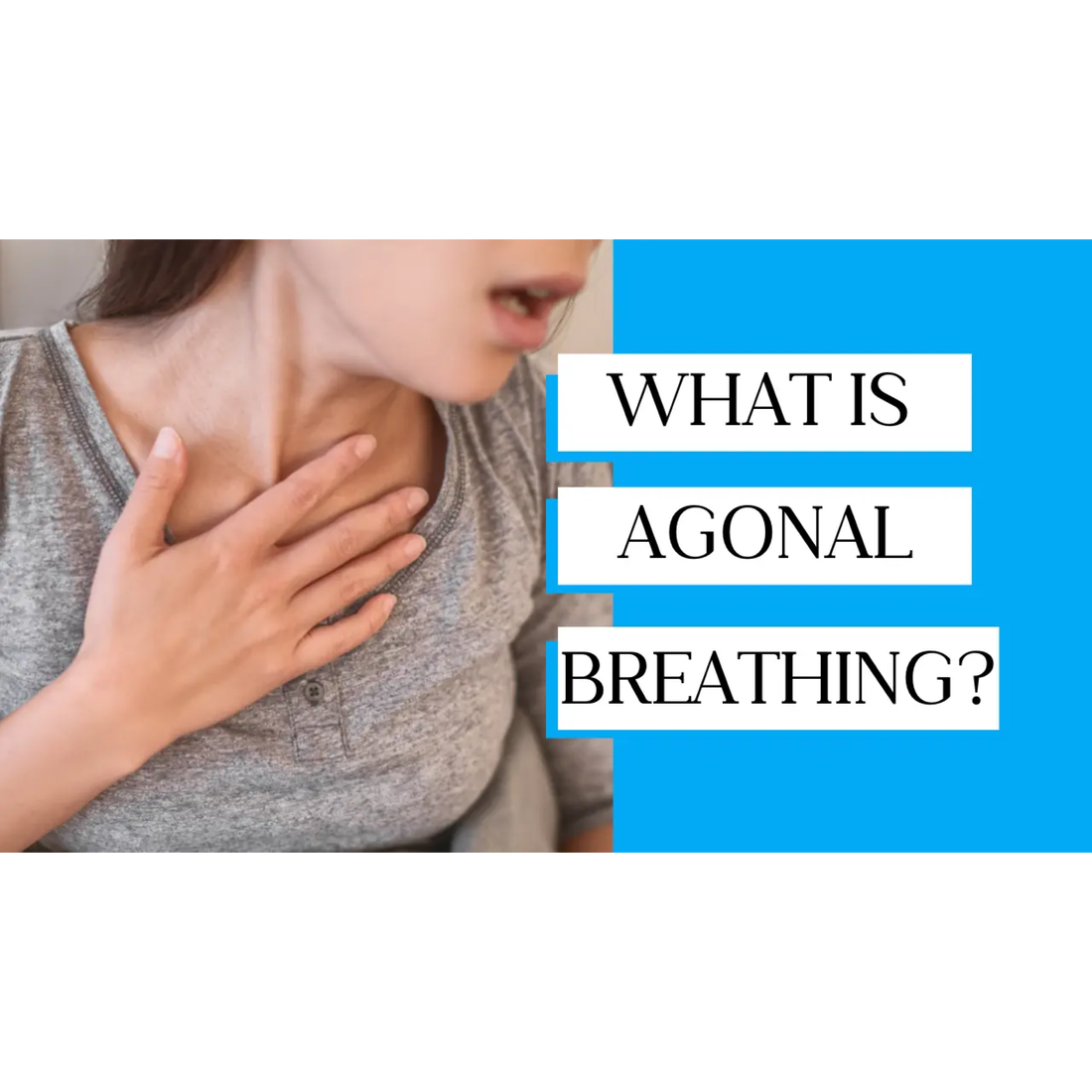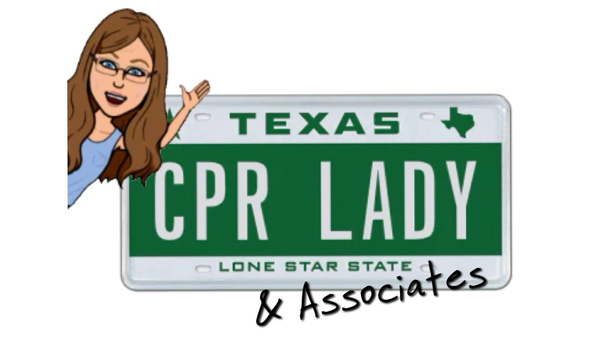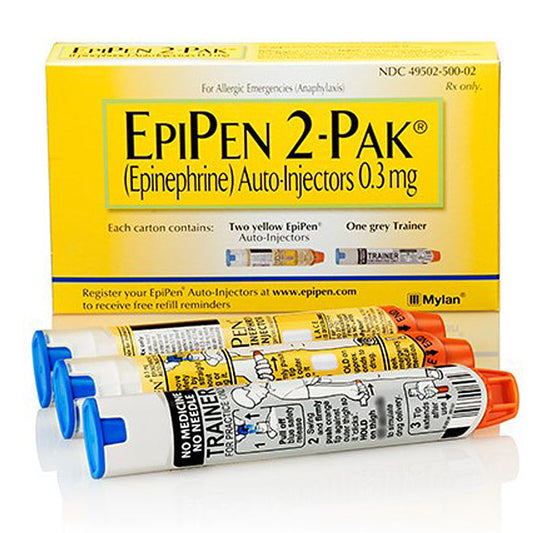
Understanding Agonal Breathing
William BeauregardShare
Understanding Agonal Breathing: Recognizing Signs and Knowing What to Do
Witnessing someone struggle to breathe can be a distressing experience, especially if you're unsure of what's happening and how to help. One such phenomenon that often causes confusion is agonal breathing. In this blog post, we'll delve into what agonal breathing is, its causes, how to recognize it, and the critical steps to take if you encounter it.
What is Agonal Breathing?
Agonal breathing is a type of breathing that occurs in individuals who are in severe medical distress, typically nearing death or experiencing a life-threatening event. It's often characterized by gasping, labored breathing, or snorting sounds that may seem erratic and ineffective compared to normal breathing patterns. It's important to note that agonal breathing is not normal breathing; rather, it signifies a critical medical emergency requiring immediate intervention.
Causes of Agonal Breathing
Agonal breathing can be triggered by various medical conditions and situations, including:
- Cardiac Arrest: When the heart stops pumping effectively, leading to a sudden loss of blood flow and oxygen to the body.
- Stroke: Severe brain injury or interruption of blood flow to the brain.
- Drug Overdose: Especially opioids, which can depress respiratory function.
- Severe Trauma: Such as a serious accident causing significant injury.
- Hypoxia: A condition where the body is deprived of adequate oxygen supply.
Recognizing the underlying cause of agonal breathing is crucial for providing appropriate medical assistance.
Recognizing Agonal Breathing
Identifying agonal breathing can be challenging, especially if you're unfamiliar with the signs. Key indicators include:
- Gasping: The person may appear to be struggling for breath, with deep, often noisy inhalations.
- Irregular Breathing Pattern: Breathing may be very slow or sporadic, sometimes with long pauses between breaths.
- Gurgling or Snorting Sounds: These noises can accompany agonal breathing, indicating airway obstruction or fluid accumulation.
If you observe someone exhibiting these symptoms, it's essential to act quickly and decisively.
What to Do if You Encounter Agonal Breathing
Immediate action can significantly impact the outcome for someone experiencing agonal breathing. Here’s what you should do:
- Call Emergency Services: Dial 911 (or your local emergency number) immediately. Time is critical in such emergencies.
- Check Responsiveness: Gently shake the person and ask loudly if they are okay. Look for any response, such as movement or sound.
- Start CPR if Unresponsive: If the person is not responsive and not breathing normally, begin CPR (Cardiopulmonary Resuscitation) immediately. Push hard and fast on the center of the chest, aiming for about 100-120 compressions per minute.
- Use an Automated External Defibrillator (AED): If an AED is available, follow the prompts provided. These devices can deliver an electric shock to restore normal heart rhythm in some cases of cardiac arrest.
- Support the Person: While waiting for emergency services to arrive, provide reassurance to the person and any bystanders. Comfort measures can make a difference in managing the situation.
When to Seek Medical Help
Even if the person appears to recover briefly from agonal breathing, it is crucial to seek immediate medical evaluation. They may still require urgent medical attention to address the underlying cause and prevent further complications.
Conclusion
Agonal breathing is a distressing symptom that indicates a severe medical emergency, often associated with life-threatening conditions like cardiac arrest or stroke. Knowing how to recognize agonal breathing and respond promptly with CPR and emergency services can potentially save a life. Consider taking CPR training to be prepared for emergencies, and always prioritize quick action and professional medical care.
By understanding agonal breathing and being prepared to act, you can play a vital role in providing critical assistance during a medical crisis.
Additional Resources
For more information on recognizing and responding to medical emergencies, consider visiting the American Red Cross website or attending a local CPR training course.



